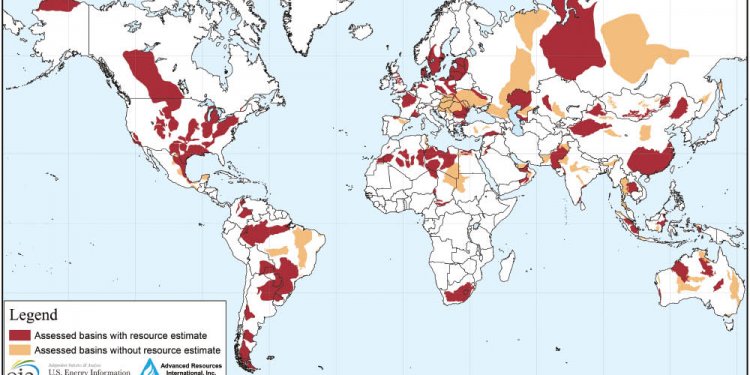
Human Health Dental
Resin Dental Sealants and Bisphenol A Oral Exposure
Summary
Dental sealants and composites play a significant role in preventing tooth decay and in maintaining dental health. Dental sealants are an important tool in preventing dental caries by providing a protective barrier on the teeth, particularly when used during a child's formative years. Dental composites are mainly used to fabricate tooth colored fillings and veneers as well as in the cementation of crowns. In addition to their functional and aesthetic properties, composites provide an alternative to mercury amalgam.
In 1996, Nicolas Olea and coworkers at the University of Granada in Spain reported detectable levels of bisphenol A (BPA) in the saliva of patients treated with dental sealants, suggesting that children receiving this treatment could be exposed to the chemical. These findings and the subsequent clinical recommendations made by the authors, stimulated public concern about this dental treatment. Subsequent studies, culminating with that of Eric Fung and coworkers, indicate that while extremely low levels of BPA can be detected in the saliva of individuals treated with selected dental resins in the hours immediately following application, no BPA was detected in the blood stream.
A review of key studies on dental resins containing BPA-based materials reveals that the highest reported acute oral exposure to BPA is more than 50, 000 times lower than levels shown to cause acute oral toxicity in animal studies. Although repeated exposure to BPA from dental resins is not expected to occur, the highest reported acute oral exposure is also below the maximum acceptable or "reference" dose for BPA, which is set for repeated exposure over a lifetime. Consequently, exposure to BPA from dental resins for both adults and children is minimal and poses no known risk to human health.
For additional information, see the statement from the American Dental Association and a summary of a study from the Journal of the American Dental Association.
Background
Dental composites are complex mixtures of materials that generally consist of an organic resin matrix, reinforcing inorganic filler and a silane-coupling agent, which connects the filler and the resin matrix. Sometimes known as "white filling" or "synthetic porcelain", composites are commonly used as a tooth-colored restorative material, for example in the fabrication of fillings and veneers, and the cementation of crowns. Composites without the filler and coupling agent are commonly used as sealants, which effectively isolate pits and fissures to help prevent caries in adults and children.
Composite resins are formulated from a mixture of monomers and are most commonly based on bisphenol A glycidyl methacrylate, usually abbreviated as bis-GMA and sometimes known as Bowen's monomer after it's inventor. Because of the new treatment options made available, bis-GMA based composites are considered to be one of the most significant innovations of modern dentistry.
In addition to bis-GMA, composite resins generally include other monomers to modify the properties of the resin, for example bisphenol A dimethacrylate (bis-DMA), ethylene glycol dimethacrylate (EGDMA) and triethylene glycol dimethacrylate (TEGDMA). Although several key components of composite resins are derived from BPA, there is no known use of BPA itself in composite resins.
Composites and sealants are provided and applied in the form of a paste or viscous liquid, which is then cured or hardened after application by polymerization of the resin with a UV or visible light treatment. In addition to monomers and fillers, composites also may contain initiators, to promote polymerization from light treatment, and stabilizers, to maximize storage of the uncured resin and stability of the cured resin. (Soderholm and Mariotti, 1999; Guertsen, 1998).
Dental Sealant Release
Is Bisphenol A Released from Dental Composites and Sealants?
Several researchers have studied whether BPA leaches from cured dental composites or sealants. In 1996, Nicolas Olea and coworkers at the University of Granada (Spain) and Tufts University in Boston, MA applied a commercially available sealant to twelve molars each of eighteen men and women, using about 50 mg of sealant per person. Saliva samples were collected one hour prior to and one hour after application. After treatment, all saliva samples were reported to contain BPA in amounts ranging from 90 to 931 µg (3.3 to 30 ppm). (Olea et al, 1996)
In a similar study, Arenholt-Bindslev and coworkers applied two commercially available sealants to four molars of four men per sealant. Saliva samples were collected before and immediately after application, as well as one and twenty-four hours after application. The only saliva samples reported to contain BPA were those collected immediately after application of one of the sealants, which was the same sealant studied by Olea. The level of BPA reported ranged from 0.3 to 2.8 ppm, which is approximately 10 times lower than the amount of BPA reported by Olea. No BPA was found in the saliva samples collected at one and twenty-four hours after application of this sealant or in any of the saliva samples collected after application of the other sealant, with a 0.1 ppm limit of detection. (Arenholt-Bindslev et al, 1999)
In a third larger study, Fung and coworkers at the University of Nebraska applied the same sealant studied by Olea and Arenholt-Bindslev to the teeth of eighteen men and twenty-two women. Half of the subjects received 8 mg of sealant applied to one tooth while the other half received 32 mg of sealant applied to four teeth. Both saliva and blood samples were collected before application of the sealant as well as at intervals of one, three and twenty-four hours, and three and five days after application. Some, but not all, of the saliva samples collected at one and three hours after application were found to contain BPA in the range of 5.8 to 105.6 ppb. No BPA was found in saliva samples collected after twenty-four hours or in any of the blood samples, in both cases with a detection limit of 5 ppb. The maximum level of BPA detected was more than 250 times lower than the maximum amount reported by Olea. (Fung et al, 2000)
Based on the data reported in the three studies involving application of sealant to teeth, it appears that low levels of BPA may be released from certain sealants, although only during a short time period immediately after application of the sealant. Further, no detectable levels of BPA have been found in blood after application of a sealant that releases low levels of BPA into saliva.
Although a wide range of BPA levels have been reported in saliva, the validity of the high levels reported by Olea has been questioned. The analytical method used by Olea may not have been capable of distinguishing between BPA and TEGDMA, which is known to be a predominant component released from dental sealants but not reported at all by Olea. The maximum amount of BPA that could reasonably be released from the dental sealant has been estimated to be less than the lowest level reported by Olea. Consequently, TEGDMA may have been misidentified as BPA in the Olea study (Atkinson et al, 2002). Additional complicating factors...

















